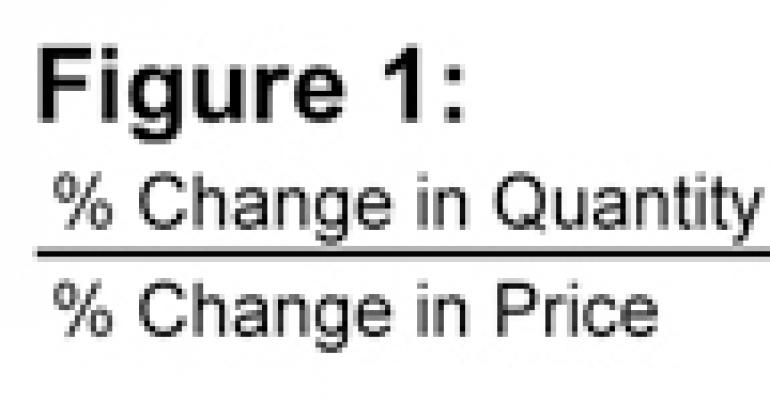Structural constraints on the delivery of new supply in a given market reduce an owner’s competition for tenants, which may lead to higher occupancy, higher rent levels, stronger rent growth and higher capital values over time.
How supply responds to increasing demand varies across metro areas. If supply cannot be added to meet additional tenant demand, then rents will rise accordingly. The amount of new supply that can be added directly affects the corresponding change in rents.
Therefore, markets with constrained supply should have greater rent growth during demand surges and a higher rent level given equal demand relative to markets with excess supply.
Defining supply constraints
Supply constraints are broadly defined as limitations of the ability of a market to deliver new stock. These constraints generally fall into three categories, with some overlap among them:
• Legal/institutional: Zoning and land-use regulations limit the location, quantity and/or pace of new development.
• Geographical/physical: Physical limitations such as waterways, physical features and soil conditions limit the amount of new development. This category may also include the effect of existing development at a scale and density that limits available sites, resulting in a “crowding-out” effect.
• Political/cultural: Local opposition to development is not codified through regulations, but which nonetheless is palpable and limits supply.
In addition to structural supply constraints, economic factors may limit new supply. For example, the limited availability of construction debt is currently serving as a supply-constraint, even in markets that are not typically supply-constrained.
Such financial constraints are generally temporary and adjust with larger national real estate market forces over the mid- to long-term.
Measuring supply-constraints
In economic theory, the price elasticity of supply (PES) is a measurement used to calculate a market’s supply responsiveness to a change in price. It is defined in Figure 1 as:

While not perfect, we believe that PES is a useful proxy for supply constraints. We applied this concept to measure the PES for different property sectors and across metro areas.
If the ratio is equal to one, there is a balance between supply and price, such that for every percent increase in price there is an equal percentage increase in new space.
A ratio greater than one indicates elastic supply, where the quantity supplied increases by more than the percentage change in price.
A ratio of less than one indicates a market that is inelastic. A value of zero indicates a completely inelastic market, where the new quantity supplied does not keep up with percentage changes in price.
In short, a lower ratio generally indicates less elasticity, and therefore more supply-constrained markets.
We calculated the PES across 50 metro areas for the office, industrial and retail property types over a five-year period, from 2003 to 2008. The results are highlighted in Figure 2.
Because real estate development entails time to plan, permit and build, supply is very inelastic in the short term. As expected, the five-year PES for all property sectors is below one.
The office sector had the lowest PES, while the industrial sector had the highest. These results are consistent with empirical observation, reflecting the longer construction process for office properties relative to the other property types.

Extending this analysis to metro level comparisons, Figure 3 shows the top five and bottom five office markets by PES. The results are generally consistent with widely held beliefs about supply-constraints.
For example, New York, San Francisco and Los Angeles appear among the most supply-constrained markets on these rankings, while Fort Worth and Orlando are among the least supply-constrained.

The ultimate takeaway
We believe that the dynamics of real estate supply greatly influence real estate investment returns. Markets where supply is constrained tend to have higher rent levels, greater rent growth and stronger capital value growth.
Figure 4 shows a comparison of the PES and capital appreciation for office markets as measured by the NCREIF Index. The resulting trend line shows an inverse relationship between price elasticity and capital growth.

Generally speaking, this trend suggests that markets with a higher level of supply constraints (a low PES) have had higher returns in price appreciation over the same time period.
As real estate markets begin to recover, we expect supply-constrained markets to be among the first to show rent growth and price increases.
David Lynn is managing director and head of U.S. research and investment strategy with ING Clarion based in New York.





